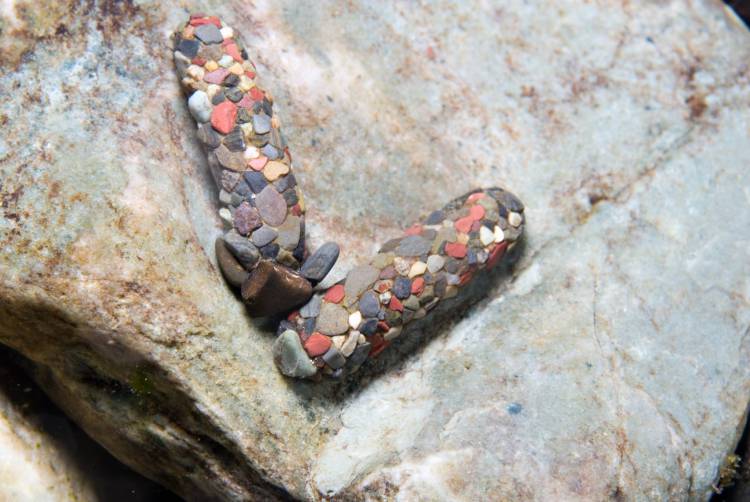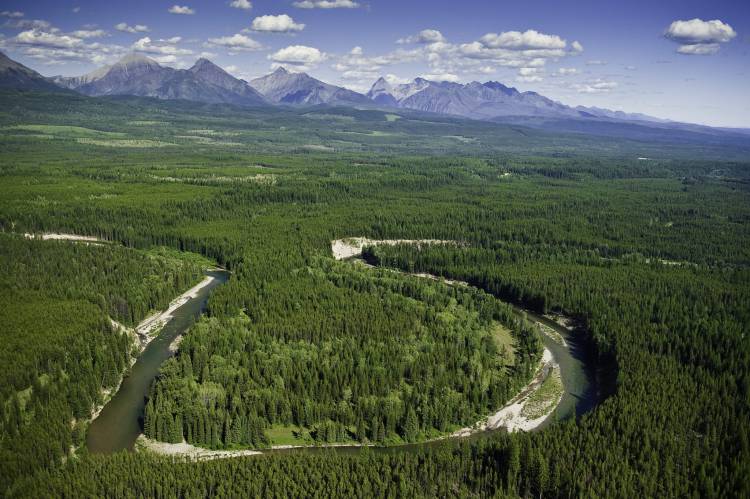Fernie: Tuesday, May 28th, 7pm at the Fernie Senior’s Centre
Cranbrook: Wednesday, May 29th, 7pm at the College of the Rockies Lecture Hall
Free
What do grizzly bears, birds, wolves, and fish have in common? A dependence on gravel bed rivers—a special type of river found in the mountains—and their floodplains. Here in the Kootenays, our rivers don’t just flow in their visible channels, but also flow underground across the valley floor, supporting an extraordinary diversity of life.
Join us for a talk with Dr. Ric Hauer to learn about gravel bed rivers, how there’s so much more to our rivers running below the surface and why our rivers are more important that we ever thought. Dr. Hauer will also speak about his research on water pollution from the Elk Valley coal mines, including on the effects of water pollution on macroinvertebrates, those crucial bugs that feed so many of the fish we love.

Dr. Hauer is the leading expert on the special river ecosystems of our area and has dedicated his career to studying gravel bed rivers in mountain ecosystems, publishing more than 100 research articles. For over 40 years, his research has focused on the transboundary watersheds of the Flathead and the Elk/Kootenay region, including rivers, floodplains, wetlands and their connections to our ecosystems. Dr. Hauer literally wrote the book on stream ecology, as his textbook Methods in Stream Ecology is the most widely used in the field.
Dr. Hauer’s research doesn’t just make visible the invisible rivers that run underneath our valleys, but also shows us that we cannot protect our wildlife, our landscapes or our rivers without seeing the interconnections between them. Simply put, gravel bed rivers are at the very centre of our ecosystems. If our rivers are harmed, we’ll see the effects across the landscape.
“To be effective, conservation efforts in mountain landscapes need a paradigm shift that has gravel-bed rivers and their floodplains as the central focus. One that prioritizes the maintenance or restoration of the intact structure and processes of these critically important systems throughout their length and breadth.”
F. Richard (Ric) Hauer, is Professor Emeritus of Stream Ecology at the Flathead Lake Biological Station, University of Montana. He is also immediate past-Director of the University of Montana’s Center for Integrated Research on the Environment (CIRE). You can read his (Hauer et al) recently published study, “Gravel-bed river floodplains are the ecological nexus of glaciated mountain landscapes” here.
He has published >100 research articles in international peer-reviewed journals such as Science, Science Advances, BioScience, Freshwater Science and the Canadian Journal of Fisheries and Aquatic Sciences. In addition to his personal research, he has served at the national level in developing environmental policy and implementation of environmental assessment in the US Federal Clean Water Act working with both the US Army Corps of Engineers and the US EPA.
Ric is past-President of the international scientific society “Society for Freshwater Science” and is a “Distinguished Scholar” of the University of Montana. He is the lead editor of internationally acclaimed book Methods in Stream Ecology, the most widely used book in the field of Stream Ecology worldwide, now entering its 3rd edition.
Header photo: The gravel bed of the Flathead River, Micheal Ready, ILCP. Bottom photo: The gravel bed river valley of the Flathead, Garth Lenz, ILCP.




